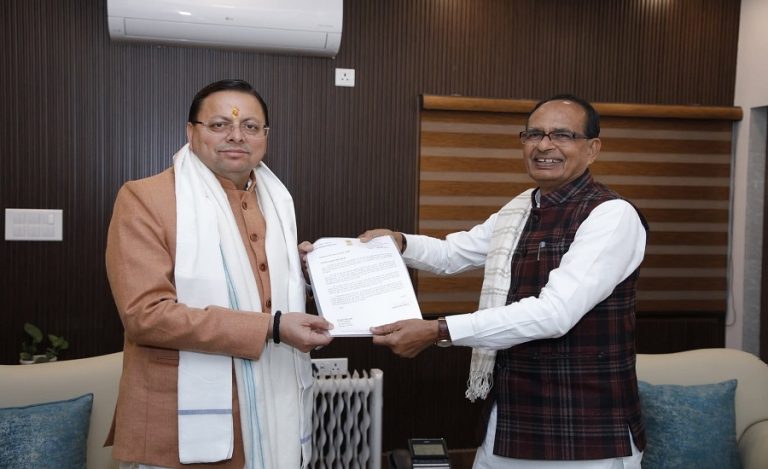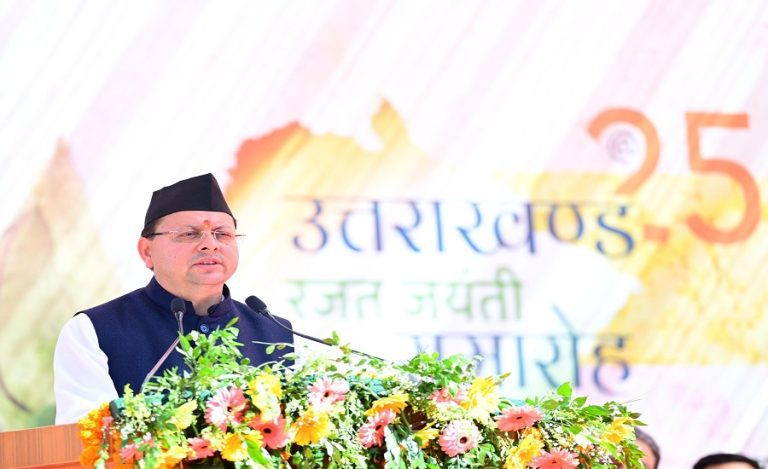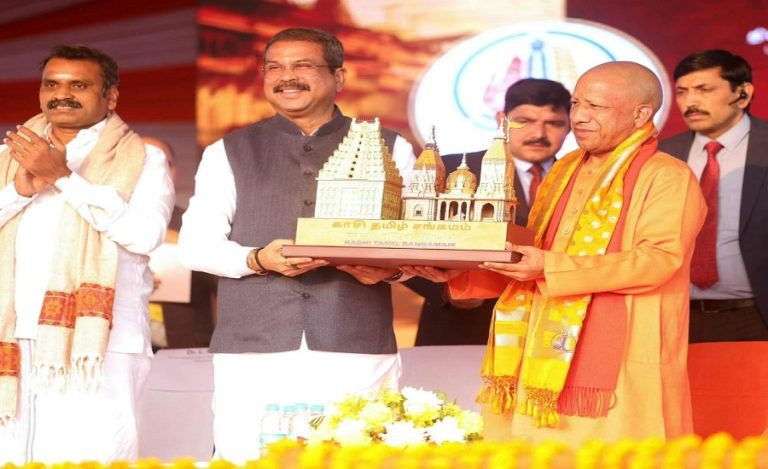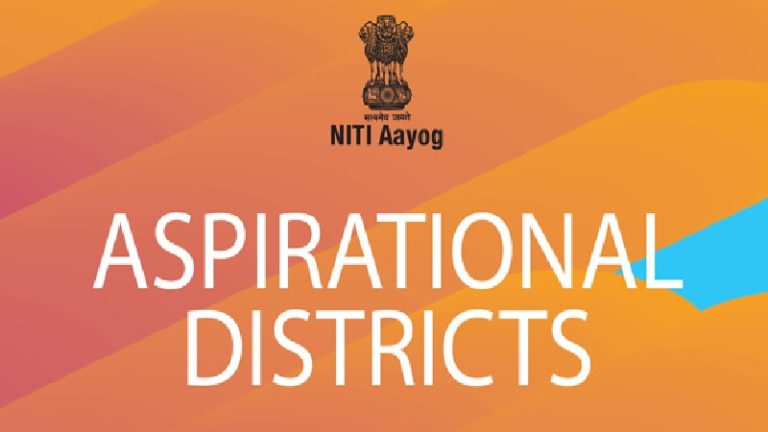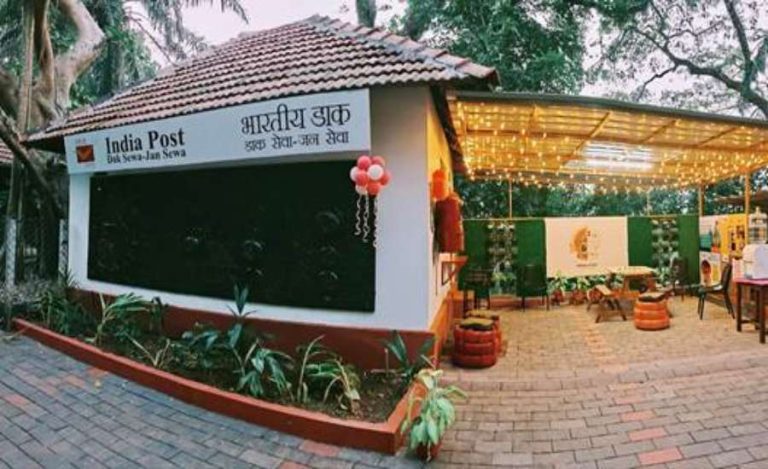Kolkata: CESC Ltd., a leading power utility, announced on Tuesday that its subsidiary, Purvah Green Power Pvt Ltd., has received a Letter of Award (LoA) from Solar Energy Corporation of India Ltd (SECI) for the development of a 300 MW solar power project integrated with an energy storage system. This major step towards renewable energy development aligns with India’s ambitious clean energy targets and commitment to sustainable power generation.
Details of the SECI LoA and Project Scope
The LoA, issued on October 27, 2025, marks the beginning of what is set to be a significant renewable energy project for CESC and its subsidiary. The solar power project, which will be integrated with an energy storage system, aims to enhance grid reliability and contribute to India’s energy transition efforts.
Purvah Green Power Pvt Ltd has officially acknowledged the receipt and acceptance of the LoA, signaling the project’s green light to proceed.
This award is part of SECI’s Request for Selection (RFS) for setting up 2,000 MW of inter-state transmission system (ISTS)-connected solar photovoltaic (PV) power projects, with an additional 1,000 MW/4,000 MWh energy storage capacity to be deployed across India. The ambitious plan is intended to strengthen the national renewable energy infrastructure and increase the share of clean energy in the country’s power mix.
Read also: 250MW Solar Project for DRDO Labs: SECI Signs MoU with DRDO to Achieve Net Zero Carbon Goals
25-Year Contract Under Tariff-Based Competitive Bidding Process
The 300 MW solar power project awarded to Purvah Green Power falls under the ‘Guidelines for Tariff-Based Competitive Bidding Process for Procurement of Firm and Dispatchable Power from Grid-Connected Renewable Energy Power Projects with Energy Storage Systems,’ issued by the Ministry of Power in June 2023.
The project is based on a tariff of Rs 2.86 per kWh, which has been agreed upon for a period of 25 years. This long-term contract ensures a stable revenue stream and positions the project as a key contributor to the national energy grid over the next quarter-century.
The solar power project will be entirely domestic in nature and does not fall under the scope of related-party transactions, reaffirming the transparency and independence of the project’s financial structure.
Implications for CESC and the Renewable Energy Sector
For CESC Ltd., the award of this project represents a significant milestone in its ongoing efforts to diversify its energy portfolio and move towards a more sustainable and renewable energy-driven future. The development of this 300 MW solar project further strengthens CESC’s position in India’s growing renewable energy market.
The integration of an energy storage system will enhance the flexibility and reliability of power delivery from the project, making it a dispatchable power source. This is crucial for maintaining grid stability, especially as more intermittent renewable sources like solar and wind come online.
About SECI and CESC
Solar Energy Corporation of India Ltd (SECI) is a public sector undertaking under the Ministry of New and Renewable Energy (MNRE), established to promote renewable energy in India. SECI is responsible for facilitating the development of solar and wind energy projects, as well as implementing various programs and initiatives that drive India’s clean energy goals. Its role in awarding the 300 MW project to Purvah Green Power further underscores SECI’s commitment to scaling up India’s renewable energy capacity and advancing energy storage solutions.
CESC Ltd. is a Kolkata-based power utility company engaged in the generation, distribution, and supply of electricity. As one of India’s leading players in the power sector, CESC has increasingly focused on renewable energy projects and energy storage systems to diversify its energy sources. The company continues to play a significant role in India’s energy transition, aiming to deliver cleaner, more sustainable power solutions for millions of consumers.
Read also: DRDO and SECI Sign MoU to Develop 300 MW Solar Projects and Achieve Net-Zero Campuses by 2027


